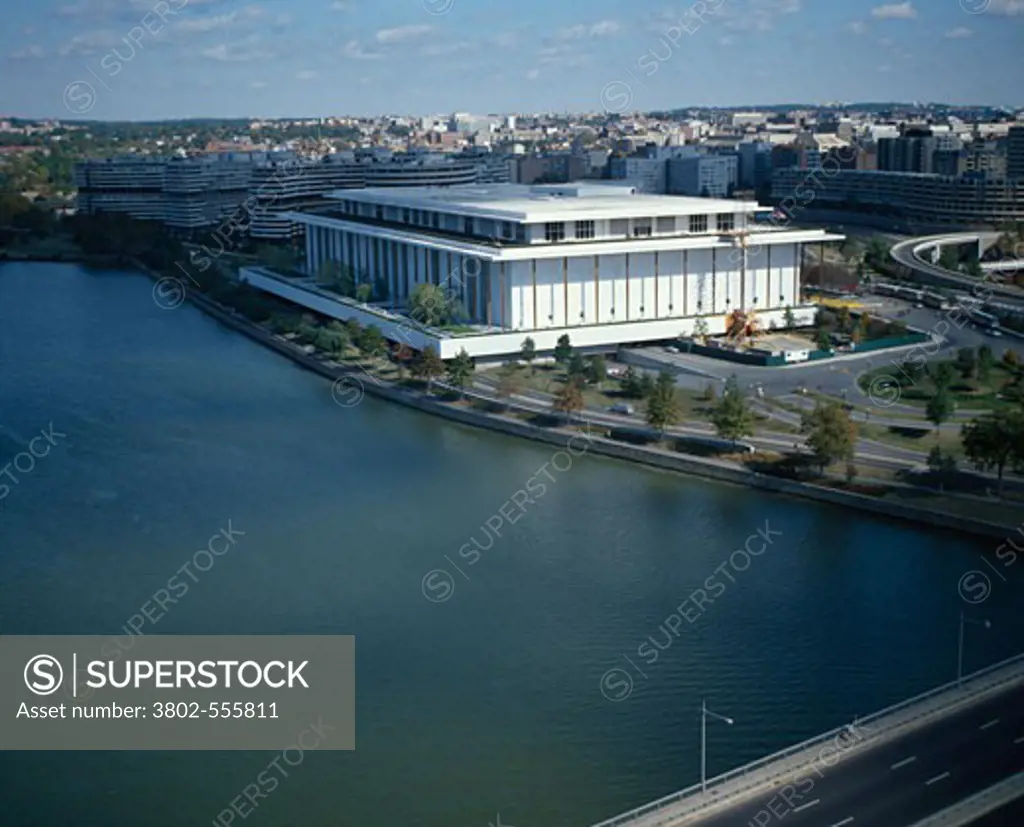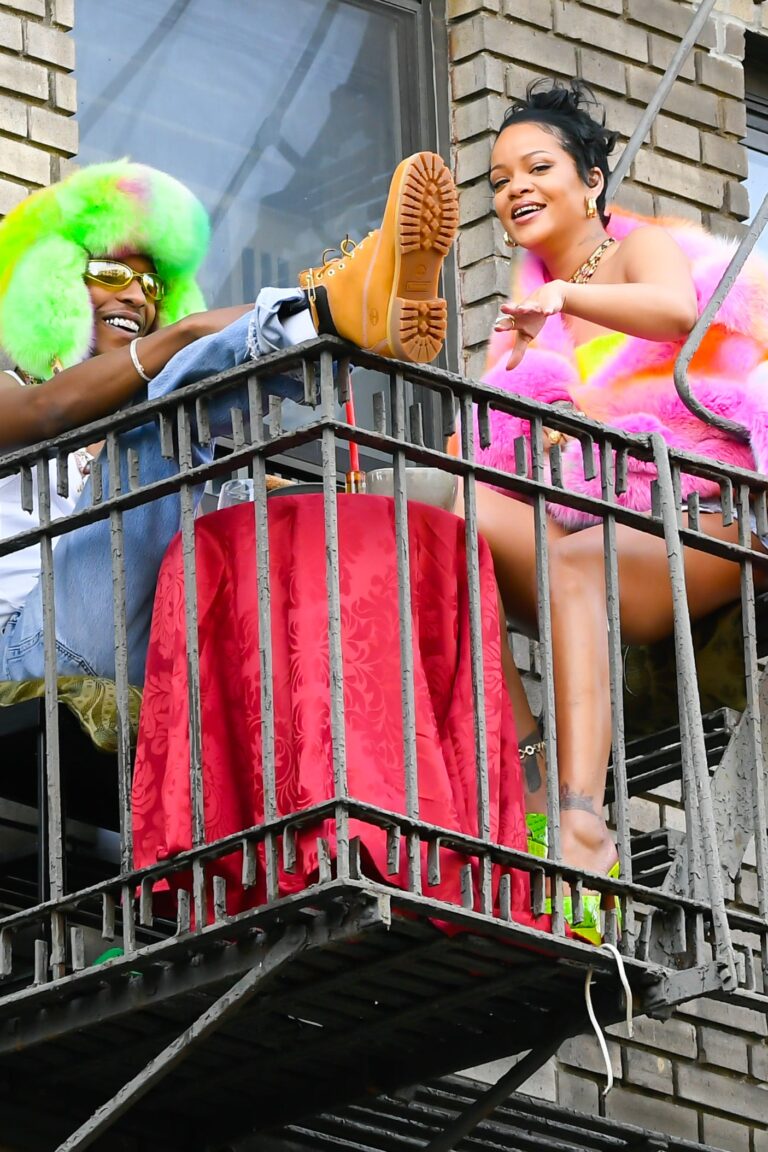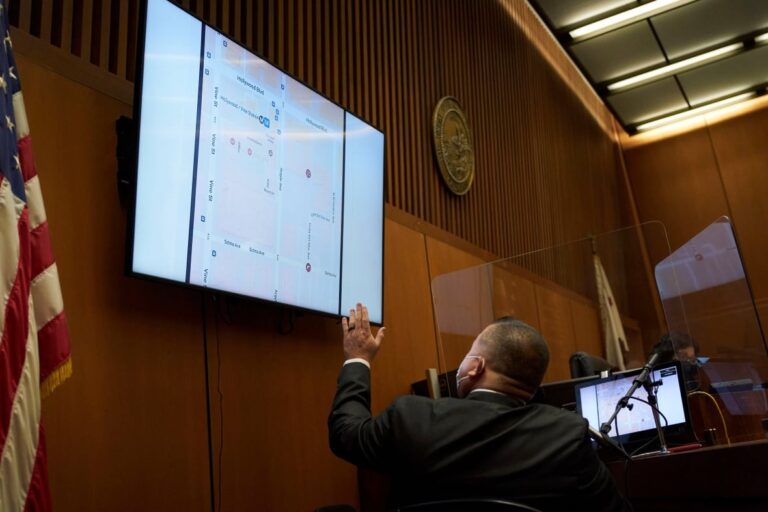
Audience
- Sentiment: Negative
- Political Group: Liberal
- Age Group: 18-45
- Gender: Female
Overview
- The appointment of Donald Trump as chair has sparked fears about a shift away from inclusivity at the Kennedy Center.
- Key figures promoting diversity have been dismissed, leading many artists to reevaluate their involvement.
- Protests have arisen from community groups advocating for the preservation of diversity and representation in the arts.
The Kennedy Center: A Cultural Battlefield Amidst Leadership Changes
The John F. Kennedy Center for the Performing Arts, situated right in the heart of Washington, D.C., has long been a symbol of American culture and creativity. This massive venue hosts everything from ballet and opera to concerts and theater performances, bringing together artists from various backgrounds. However, recent events have thrown this revered institution into turmoil. With Donald Trump appointed as the chair of its board of trustees, many have begun to worry about a significant shift in the center’s mission – one that has championed inclusivity and diversity in the arts.
The Winds of Change
Imagine an artistic haven where everyone feels welcome, where people of all backgrounds can express themselves freely and creatively. For many years, the Kennedy Center embodied this vision. But with Trump’s appointment, a wave of change surged through the center’s halls. The new leadership immediately made headlines when key figures, crucial to the center’s success and inclusivity, were suddenly fired. This sparked fear among those who worked tirelessly to create an inclusive space for all kinds of artistic expression.
Many artists, for example, are now reconsidering their involvement with the Kennedy Center. Issa Rae, a well-known actress and producer, announced that she would be canceling her upcoming performance. Why? Rae and many others feel that the center, under this new leadership, no longer represents the values of inclusivity that they hold dear. It’s as if the heart of the Kennedy Center, which once beat strongly for diversity and unity through art, is now shrouded in uncertainty and apprehension.
Artists Take a Stand
As news of these changes spread, it wasn’t just a few artists who took notice. A significant number of high-profile performers and creators voiced their concerns, standing up against the leadership changes. The arts community thrives on collaboration, diversity, and pushing boundaries; suddenly, it felt as though those very principles were under threat.
Shows that celebrated diversity, such as a concert showcasing LGBTQ+ talent and a children’s musical called “Finn,” faced cancellations or postponements. These decisions sparked outrage and disappointment among many artists and audience members alike. How could a place famous for fostering creativity and diversity choose a course that left so many feeling excluded? This conflict highlights the tension not only within the Kennedy Center but also in the broader cultural landscape in America.
Resignations and Departures
With so much unrest, it’s no surprise that various artistic advisors and staff started walking away from the center. Some may wonder why individuals would leave their positions at such a prestigious venue. The answer lies in a growing sense of fear and uncertainty about the center’s future. Many people, who had invested years of their lives in building an inclusive environment, suddenly found themselves on shaky ground.
Leaving a job, especially one at a prestigious institution like the Kennedy Center, is a big decision. However, when one feels that their values are being compromised, that decision becomes a form of protest against a system they no longer recognize. When the very core of an organization begins to reflect values that oppose inclusivity, it can push dedicated individuals to seek better opportunities elsewhere, leading to a massive shift in the culture of the organization.
A Community in Outrage
Local advocacy groups have also spoken out. They believe that a commitment to artistic diversity is essential for the Kennedy Center to maintain its status as one of the leading cultural institutions in the country. These groups argue that art should reflect the rich tapestry of experiences and identities that make up our society. When it feels like those stories are being sidelined, protests naturally arise.
Imagine a gathering of passionate individuals all advocating for bigger and bolder expressions of art. That’s what local protests at the Kennedy Center looked like. They were not just about individual performances but rather a fight for representation – a reminder that to truly reflect America’s rich culture, institutions must open their doors to all voices.
As these protests continued, it became evident that many people in the community felt a deep connection to the Kennedy Center and a responsibility to safeguard its mission. They believed that art isn’t just for the few; it’s for everyone, and the center must continue to embrace that ethos.
Perspectives on the Future
While the artistic community responds with disappointment and outrage, others view these changes differently. Some believe that new leadership could mean fresh programming and innovative ideas that may propel the Kennedy Center into exciting new territory. After all, change can sometimes lead to growth and development.
However, therein lies the dilemma: can the Kennedy Center evolve without losing its core values? Will the new programming still embrace diversity and inclusivity, or will it shift to reflect a narrower view of art that fails to represent the communities it serves? It’s a challenging tightrope to walk, and the outcome is yet uncertain.
A Clash of Values
At the heart of this upheaval is a fundamental clash of values. For many artists and advocates, the Kennedy Center’s role goes beyond just entertainment – it’s about creating spaces where stories from all walks of life can be told and celebrated. Trump’s new leadership approach seems to indicate a pivot away from this principle, raising questions about how art is represented in a national institution.
When we consider institutions of culture and art, it’s crucial to remember that they hold the power to influence society. Art has the ability to challenge norms, highlight unseen narratives, and elevate marginalized voices. The future of the Kennedy Center will heavily rely on whether its leadership can recognize and nurture this responsibility.
Wrapping Up
In the end, the turmoil at the Kennedy Center reflects broader societal debates about inclusion, representation, and the role of the arts in our lives. While some see hope in new beginnings, others fear the loss of what made the Kennedy Center such a vital part of the artistic landscape.
As we reflect on these changes, it’s essential to ask ourselves: What does inclusivity in the arts mean to you? How important is it for cultural institutions to represent a broad spectrum of voices and experiences? Share your thoughts below – let’s start a conversation about the future of the arts!






